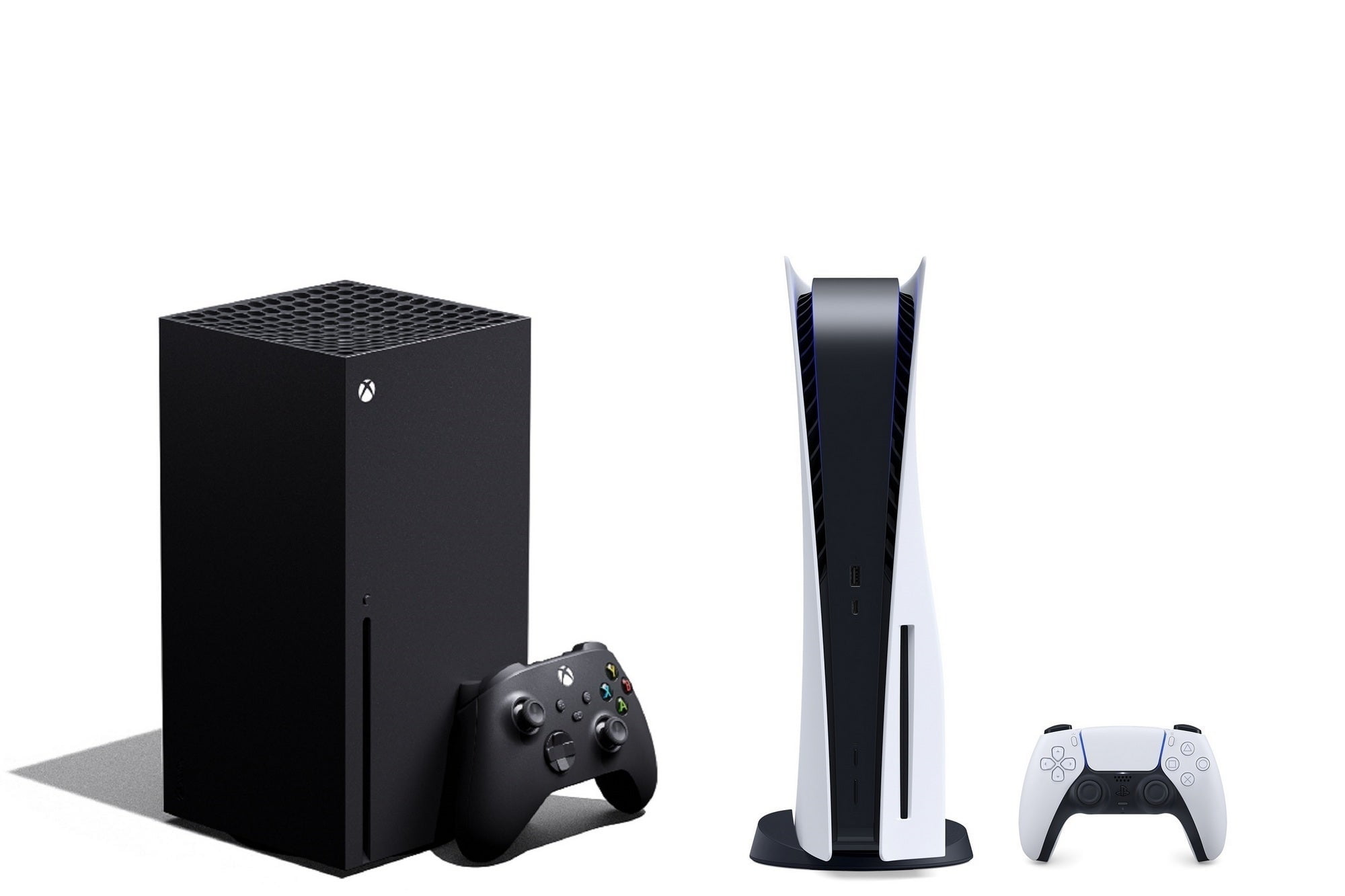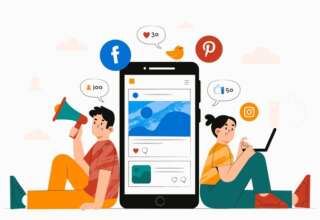So what qualifies as good social media performance these days?
Many say that Facebook reach and engagement is now in the low single digit percentages, and Twitter’s not much better, but Instagram is generating better brand reach, at least at this stage.
How much of your social audience are you reaching, and how many of them are clicking through – and how does that compare to your peers?
To provide some context on this, the team from Rival IQ have put together a new social performance benchmark report, which not only looks at overall trends, platform-by-platform, but also industry-specific behaviors, including the most popular hashtags, posting frequency, post types, and more.
Rival IQ collected data from 180 companies from each of the various sectors highlighted, with a full dataset that spans more than 1.6 million Facebook posts, 600,000 Instagram updates and 2.4 million tweets.
You can check out the full report, which includes in-depth industry breakdowns, here, but in this post, we’ll go over some of the key notes and shifts worth taking into consideration in your strategy.
The first element of Rival IQ’s report looks at Facebook engagement, with that data showing that the overall average engagement rate for Facebook business Pages, per post, is currently less than 0.1%.

Pretty bleak, huh?
As explained by Rival IQ:
“Every industry saw a dramatic decline in Facebook engagement rate this year, and for many, that meant less than half than last year’s engagement. The median last year was 0.16%, a number that no industry median reached this year.”
For basic comparison, the average email click rate is around 2.43%, significantly higher than Facebook engagement. That’s not to say you shouldn’t bother with Facebook – there is a range of other potential benefits to having a Facebook presence – but the reach declines, exacerbated by Facebook’s News Feed algorithm re-focus onto person-to-person engagement, are significant, and should be factored into your comparisons.
In terms of posts per day, Rival IQ unsurprisingly found that the media sector posted the most updates to Facebook of all the business Pages examined, by a significant margin.

The media sector was also in the bottom two in terms of engagement, which may suggest that posting more doesn’t have any significant impact on interaction – but then again, Sports Teams’ were second in posting frequency, and equal second in engagement, so hard to draw any definitive conclusions.
It could also indicate that posting more likely won’t have any negative impacts. The ‘Health and Beauty’ sector is posting less than once per day, yet its engagement rate was the same as the ‘Media’ category, which shows that posting more hasn’t necessarily hurt overall interaction, and that maybe, by posting more, even at a lower engagement rate, the media sector is actually able to drive more clicks.
Could that point to opportunities for more businesses to boost their Facebook posting frequency? There are many elements to this, including your audience, the content you’re posting, your capacity to create more content, and the cost of that vs the benefit.
Really, the data suggests that there are no definitive rules here – what works for you and your sector may not work for everyone else, so it’s worth experimenting with different approaches to find what drives the best results. And if you can improve on these benchmarks, you’re likely ahead of your competition.
The buzz platform of the moment, Rival IQ’s data shows that Instagram engagement is indeed a lot higher than brands are seeing on Facebook, which largely supports the broader brand shift to the platform.

Get it right and Instagram can be comparatively great for boosting brand awareness and engagement. You do still have to get it right, however, which is not always easy to do, but the data here shows that it may well be worth the effort.
So what does ‘getting it right’ mean? It’ll vary based on your business and industry, but Rival IQ’s posting frequency data may also provide some guidance.

Only Sports Teams, Health and Beauty and Fashion brands are posting more than once per day, and the latter two only just. Does that suggest there’s more opportunity there? Again, the comparison is difficult – Sports Teams are going to always see higher levels of engagement, you would think, given it’s largely entertainment. But I would suggest those frequencies are going to rise – there’s no definitive ‘correct’ approach, but the data suggests there may be opportunities there.
Rival IQ also looked at brand Twitter engagement, which is also not driving a heap of activity.

As with Facebook, there’s more to a Twitter presence than just direct tweet engagement, but at less than half the average engagement of Facebook, the returns are not great, especially considering the amount of effort it can take to maintain an active presence on the platform.
But brands are also reducing that effort.
As noted by Rival IQ:
“The average brand in our study posted about 25% less than the previous year, though companies in Media and Sports Teams continue their relentless pace again this year.”

So media and sports organizations are still pushing out tweets at the same frequency, despite media seeing the lowest overall engagement.
Again, as with Facebook, that’s not necessarily the whole story. If a media outlet were tweeting, say, 20 times per day, but generating only a small amount of engagement each time, the cumulative effort may still be worth it. But it’s a lot to do to draw more interest on the platform. There are other benefits, like social customer service and having an active presence for brand discovery (tweets show up in Google search results, for example). But some interesting data points to consider.
The full report includes more specific platform breakdowns and overviews by industry, including key trends in each sector and most popular hashtags.

It’s not definitive, but the sample size is significant, and the trends are likely indicative of broader platforms trends, which may help in your planning.
[“source=socialmediatoday”]








